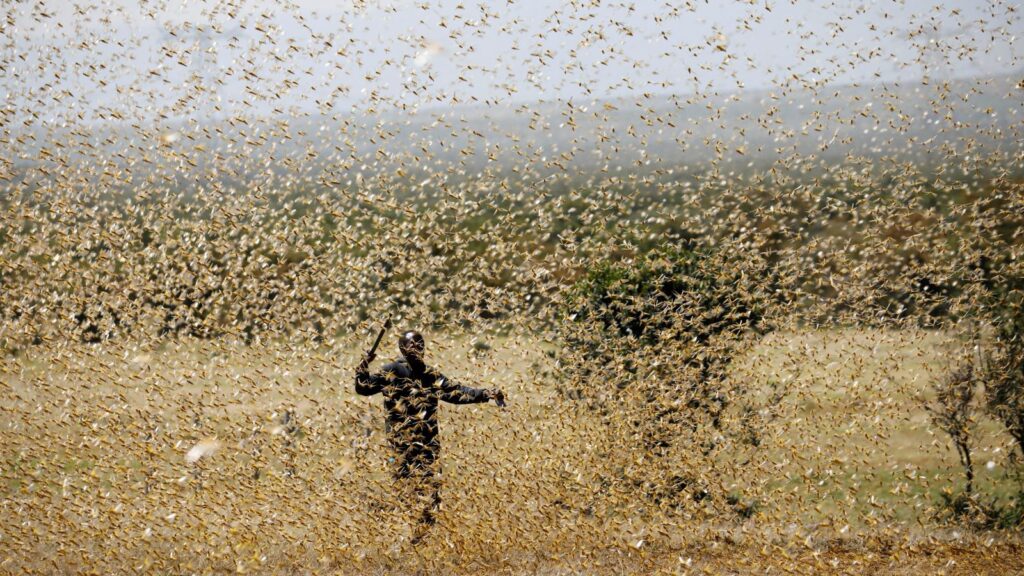
Success or failure of control measures against the desert locusts in Somalia and Ethiopia will determine their return to eastern Africa, warns the UN Food and Agriculture Organisation (FAO).
They added that in this regard, vigilance and preparedness should be maintained in northern Kenya and southern Ethiopia throughout January.
In the Desert Watch Update for January 2022, FAO says the control operations carried out in northeast Somalia in December 2021 dramatically reduced the number of swarms that formed in the last three weeks of November.
Movement monitors
“Nevertheless, a few immature swarms are still present in the northeast where they are likely to remain a bit longer than expected because local winds are concentrating them between Garowe, Las Anod, and Erigavo and delaying their anticipated migration south-westward across eastern Ethiopia to the border of Kenya,” said the report.
As conditions are drying out in northern Somalia, limited swarm movement is still expected to occur.
“If any swarms reach the Kenya/Ethiopia border, easterly and south-easterly winds are likely to carry them towards the Rift Valley in northern Kenya and southern Ethiopia, preventing movement further south into central Kenya,” said FAO.
According to FAO, the current level of resources should be sufficient to control the swarms before they become mature and ready to breed when the long rains commence in about April.
“Compared with the past two years, the potential invasion of swarms in northeast Kenya is later this year because they are only present in northeast Somalia and not in eastern Ethiopia and central Somalia where prevailing winds tend not to impede their migration,” says FAO.
Kenya was one of the hardest hit countries in East Africa when the Desert Locusts first wave invaded the region in November 2019.
Two new generations of locusts descended on East Africa again in June 2020 before heading to Asia.





